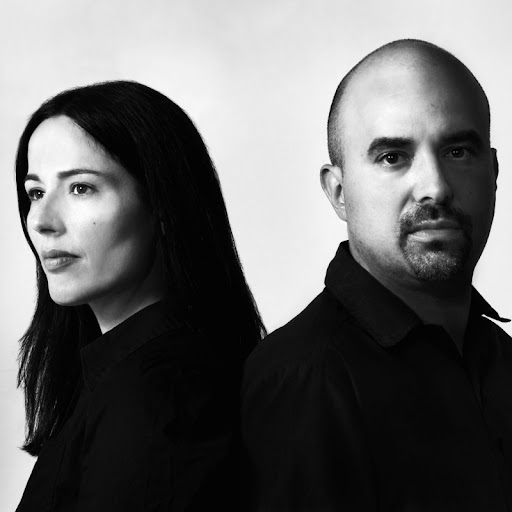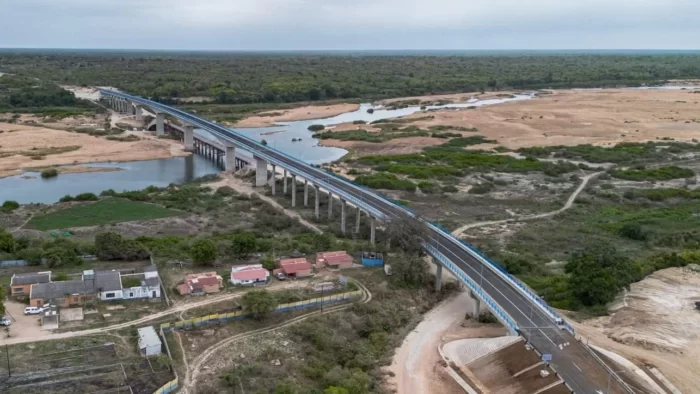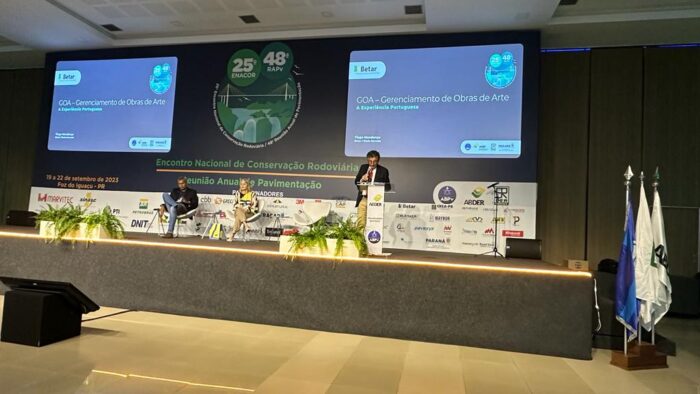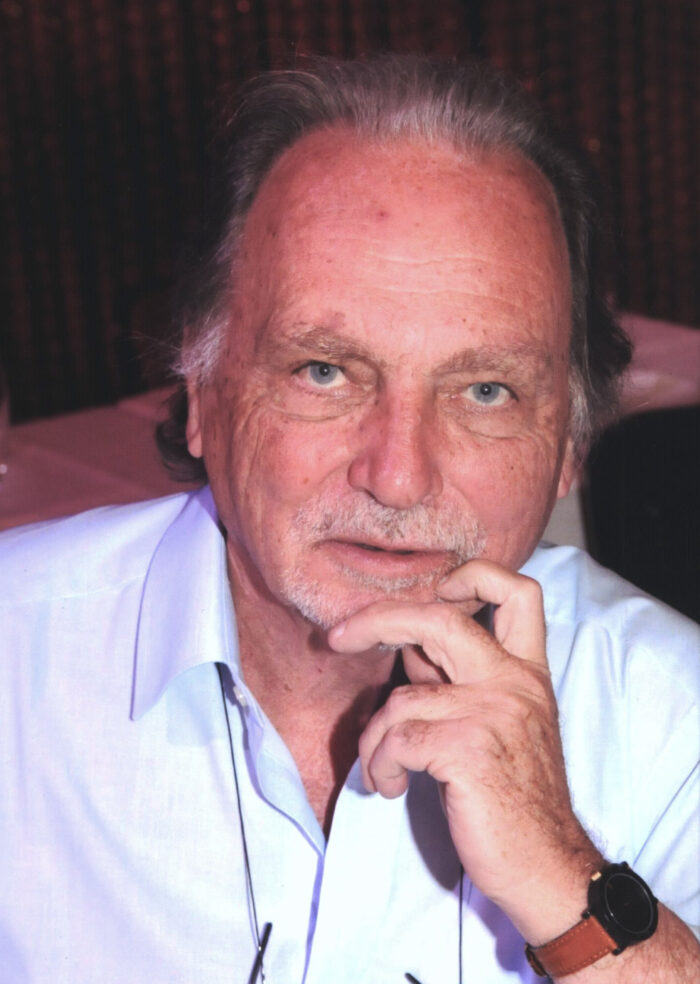A conversation with Arch. Patrícia Barbas and Arch. Diogo Lopes

A conversation with Arch. Patrícia Barbas and Arch. Diogo Lopes
‘the dawn of new generations, with new methods of work and new forms of organization. This also results in a more diverse and plural professional attitude.’
You have been working together since 2003 and have a studio since 2006. What brought you together?
We are both architects, we live together. Our first project in partnership, in 2003, was the remodeling of the house where we lived then. The rest followed naturally, based on conjugal complicity and mutual recognition of our complementary skills. We went to the same college, in Lisbon, but after our professional training, our real learning as architects was very different. Hence, what brought us together was also our differences. With that, we gained a certain taste for diversity, in the works, and in the response to them.
Your work is rooted in a cultural commitment, you give great importance to the economic balance and the projects are defined as simple and pragmatic. Tell us a little about the way you see architecture.
We see architecture as more than a bureaucratic service, as more than a business. Architecture is a discipline, a way of knowing and transforming the world. Following this line of thought, we seek to have, effectively, a cultural commitment to the present time and to understand how architecture has to be, above all, a vehicle for reflection on reality. Simplicity and pragmatism are, from our point of view, essential when approaching something, and in particular to architecture. It seems to us that these attributes are the right ones for the times in which we live.
How is your relationship with customers?
We seek that our relationship with customers – big or small, public or private – is driven by rational arguments and technical authority. We do not discard empathy or even seduction, but above all it’s the universality of the intrinsic principles of architecture that we trust as a way of relating to customers. The process always involves a lot of negotiation and dialogue. Without great customers, there are no great works even if it is the remodeling of the grandmother’s kitchen.
What do you feel has changed in architecture in Portugal, since you’ve started working?
First of all, the lack of work that has been felt in recent years and the repercussions it had on most of our working-class. Obviously, architecture did not end in Portugal, as was said, but it will get poorer because it is made for less and by less. The lack of public tenders and the disinvestment in controlled housing programs demonstrate it. But also in these years, we have seen the dawn of new generations, with new methods of work and new forms of organization. This also results in a more diverse and plural professional attitude.
The arch. Patrícia collaborated with the architects Aires Mateus, Gonçalo Byrne, and João Pedro Falcão de Campos. What did you learn the most from each of them?
Wich one of them made me grow up and learn to look better, from the city to the screw. They are architects with quite different approaches and, therefore, provided very stimulating experiences that contributed to my training and the way I face the profession. With João Pedro Falcão de Campos, with whom I’ve collaborated while still a student, I recovered my passion for the subject, with Manuel Aires Mateus, because he was also my teacher, I learned the perseverance that is necessary to carry out a project and, with Gonçalo Byrne, the diplomacy necessary to see it through.
With Gonçalo Byrne you have concluded the requalification of Thalia Theater, in Lisbon. How did you face the challenge? Are there any other projects that you would like to highlight?
The challenge to intervene in the ruins of the Thalia Theater was to acknowledge that we had in our hands a treasure forgotten in time, to know how to revive its memory and rescue what was left of it. It is a complex project because it has very different situations regarding space and construction. For example, the engineering teams played a crucial role, defining the ruins’ consolidation solution. As for other projects: there are several, not all built and some purely for research. But, given its importance for the studio, we highlight the office tower that we are designing for Avenida Fontes Pereira de Melo in Lisbon. It is our biggest project to date and an immense technical and aesthetic challenge on a city scale.
You were nominated for the Icon Awards 2012, Designs of the Year 2013 and Mies van der Rohe 2013. How is it to feel your work recognized and to know that you were nominated among so many others?
It is gratifying, but ephemeral. We must have the means to continue to produce in order to feed the interest that nominations or awards can raise. Especially in an international environment, which is very competitive but a universe in which we are interested in participating so that our architecture can operate in an expanded field of opportunities and ideas. In fact, it is a logical consequence of the circumstances in which we live. Looking for a work space beyond Portuguese borders is also born out of the need to increase the probabilities of orders or other types of work. And nominations and awards help with that.
Did the awards have practical effects in the studio?
They did, through invitations to conferences and tenders. The firm’s portfolio gained some strength and notoriety. The awards also helped to consolidate our curriculum for teaching purposes, particularly in foreign institutions, which is an activity that we consider essential for our progress as architects. Being a teacher is an immense privilege, by keeping alive a sense of experimentation and adventure of youth. However, it carries with it the immense responsibility of training individuals with appropriate tools to exercise this profession and through it, have a responsible relationship with the world.
When we talk about the development of portuguese architecture for the future, how do you see the internal and external image and prestige and what could be the major constraints?
One of the major constraints comes from an insufficient interpretation of the effects of these “internal and external prestige” of portuguese architecture. Since they do not necessarily translate into an abundance of favorable situations. Which would be entirely fair, given the quality of much architectural production in Portugal. This gap arises from a certain fragility – economic, political, social, cultural – in our context. We have to participate more, and more consciously.
This interview is part of the Artes & Letras Magazine # 63, April 2015
Partially automatic translation from portuguese: some expressions may differ from their actual meaning.
News & Interviews
New bridge inaugurated in Mozambique
Betar has contributed to the success of the project, which is vital for the transportation of people and goods. Read more
International Congress with Tiago Mendonça
Tiago Mendonça was a speaker at the 25th ENACOR - National Meeting of Road Conservation and 48th RAPv - Annual Paving Meeting, which took place until today at the Rafain Palace Hotel & Convention, in the city of Foz do Iguaçu, Paraná State, Brazil. Read more
A conversation with Arch. Pedro Ferreira Pinto
'I am looking for an architecture with a minimalist aspect and without excesses of austerity that tries to respond to society's challenges. I try to introduce an idea of simplicity, elegance and culture. ’ Read more




